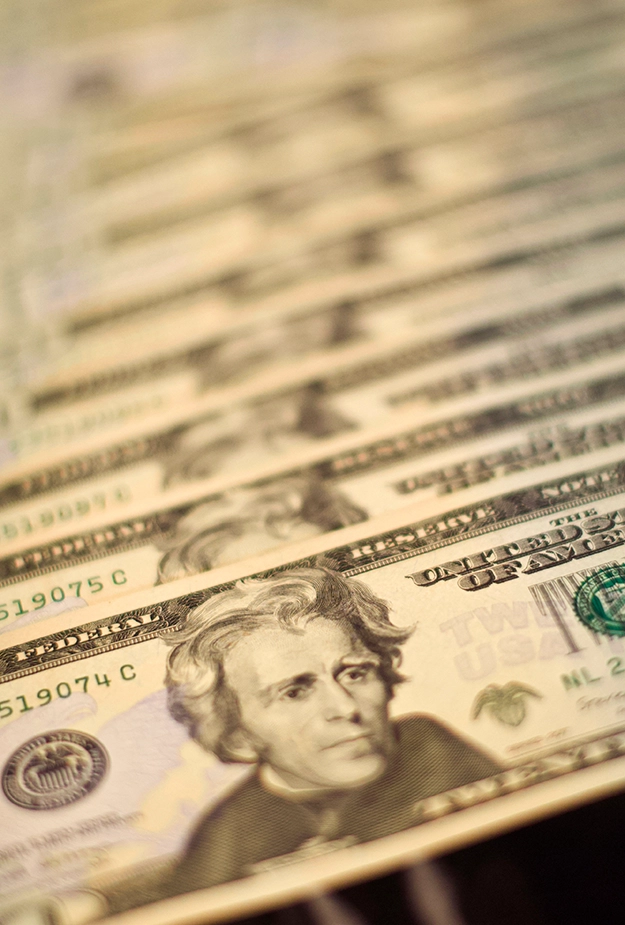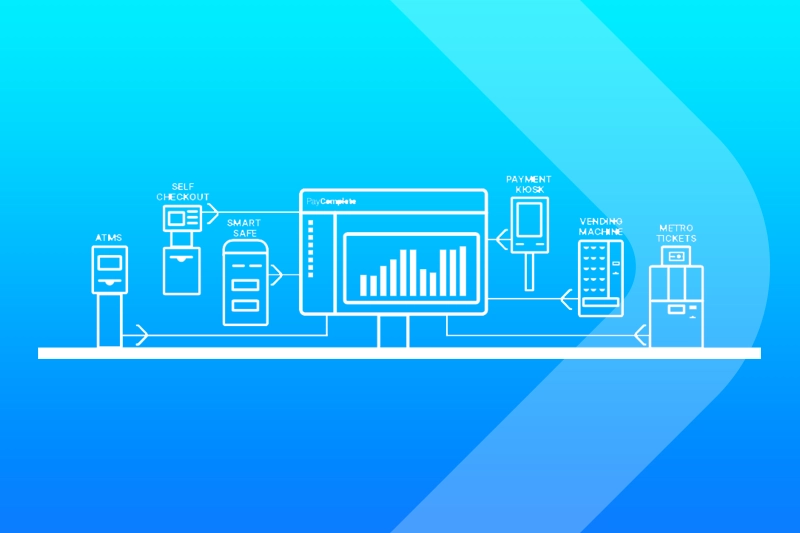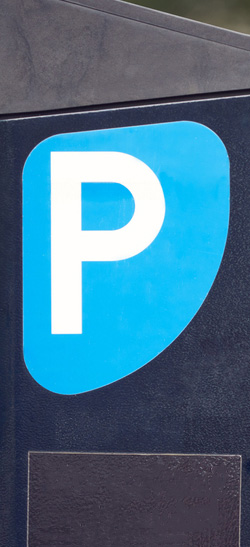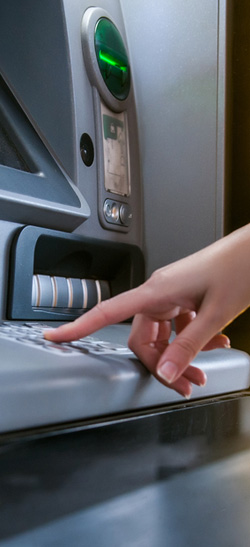The current $20 dollar bill features a portrait of Andrew Jackson, the seventh president of the United States, who served two terms in the White House from 1829 to 1837.
The United States $20 dollar bill is one of the most commonly used denominations in U.S. currency. But have you ever wondered why they were chosen?
Let’s look back in history and the significance of the individual featured on the $20 bill, as well as some interesting facts about the note and its design and future changes.
The Face of the $20 Bill: Andrew Jackson
As a poor child of Irish migrants, born in a remote region of the country in the Carolinas, Andrew Jackson had a limited education, disrupted further by the British invasion where he was captured and orphaned at 14 after his family members tragically died.
In various ways, he captured the ‘American Dream’, rising from hardships to become a significant lawyer, the first elected member of the House of Representatives from Tennessee and eventually a US president.
Before his presidency, he gained national fame after winning the Battle of New Orleans in 1815, making Jackson a military hero.
Andrew Jackson played a key role in paving the foundations of the modern Democratic Party through his populist leadership. He fought for the rights of the ‘common man’, expanding political participation for white males by eliminating property requirements for voting.
As a populist president, he opposed the Second Bank of the United States, believing it favoured the wealthy at the expense of the common people. The Second Bank ceased operations which led to a severe depression, the Panic of 1937.
The United States did not have another central banking system until the Federal Reserve Bank was created in 1913, equivalent to the Second Bank of the United States.
Ironically, Jackson opposed the idea of paper money and a full Federal Reserve banking system, but treasury officials of the Federal Reserve decided to put his face on the $20 bill.
When Did Andrew Jackson First Appear on the $20 bill?
Andrew Jackson first appeared on the $20 bill in 1928, after the US treasury department changed the design.
For almost 100 years his portrait has been the face of the denomination with only minimal changes being made.
Design and Features
The $20 bill has subtle background colours of green and peach, accents of blue, and the engraved portrait of former president Andrew Jackson in the middle. The note also has raised printing which gives the $20 bill its distinctive texture.
The modern-day cash note holds various security features to deter counterfeiting.
One feature includes an embedded security thread that glows green when illuminated by UV light.
Additionally, when a light is shone in the blank space to the right of the portrait, a watermark of Andrew Jackson appears, visible from both sides of the note.
A colour-shifting numeral 20 in the lower right corner of the note is also apparent.
Why is there controversy over Andrew Jackson being on the $20 Dollar Bill?
In 1830, he passed the Indian Removal Act which entailed the forced displacement of 50,000 Native Americans from the tribal lands in the southeast. When the Native Americans were forced to relocate, over 4,000 Cherokee men, women and children died on the “Trail of Tears” that led to their new lands in the West. Thousands died due to starvation and exposure to disease on this forced march.
Additionally, Andrew Jackson was a fierce advocate for slavery. His immense wealth was built off the backs of tortured slaves, who would be whipped if not deemed useful.
His tainted policies and views led to the suffering and death of thousands who have been forgotten in American history.
This sparked the call for change to replace Jackson.
Future Changes: Harriet Tubman
There was much debate about whether a woman should replace Andrew Jackson on the $20 bill. However, Jack Lew, the Secretary of the Treasury, proposed that a woman would replace Alexander Hamilton on the $10 bill instead.
Alexander Hamilton was the first treasury secretary and is generally considered to have shaped the nation’s financial system and also served as General George Washington’s chief aide during the American Revolution in the 1770s.
In April 2016, it was announced that Harriet Tubman would replace Jackson on the face of the $20 bill and Alexander Hamilton would remain the face of the $10 bill as he was popular amongst many Americans.
Harriet Tubman was an abolitionist and suffragette who was best known for leading slaves to freedom through the Underground Road. She is a symbol of courage and resilience against injustice and slavery that she was born into.
Originally, the newly designed $20 bills were set to be issued in 2020, coinciding with the 100th anniversary of the 19th Amendment that granted voting rights to women. However, the Harriet Tubman $20 bill was delayed under the Trump administration.
In 2021, the Biden administration announced it would speed up efforts to replace Jackson.
As of now, The Treasury Department said they were working to advance the design with new security measures before introducing it but provided no clear timeline for release.
When completed, Harriet Tubman will become the first Black American and first woman in over a century to appear on paper currency in the United States. It will likely not be in circulation until 2030.
Who Used to be on the $20 Dollar Bill?
The first $20 dollar bill was issued in 1914 with the face of Grover Cleveland, the twenty-second and twenty-fourth president of the United States. However, Cleveland was then moved to the $1000 bill after the face of Andrew Jackson took over the twenty-dollar bill in 1928.
What is CashTech?
Physical cash, including the American $20 dollar note, remains an important currency in contemporary society for both businesses and consumers. In light of this, it makes sense to look to technology that can provide the digital precision to physical cash that was given to cards. Welcome CashTech.
CashTech refers to the technological advancements surrounding physical cash.
Smart hardware solutions and cutting-edge software can improve the efficiency of cash management and allow businesses to handle received cash payments the same way digital payments are managed.
CashTech can reduce cash discrepancies, stamp out inefficiencies and create real-time data. This helps evaluate various factors together to get an overall picture of your business’s cash landscape.
PayComplete is a CashTech provider, specialising in serving some of the largest industries globally including retail, mass transit and parking, cash centers and mints, hospitality and leisure, and banking and financial services. Speak to one of our physical cash experts today to digitise your cash processes.

Related Posts








